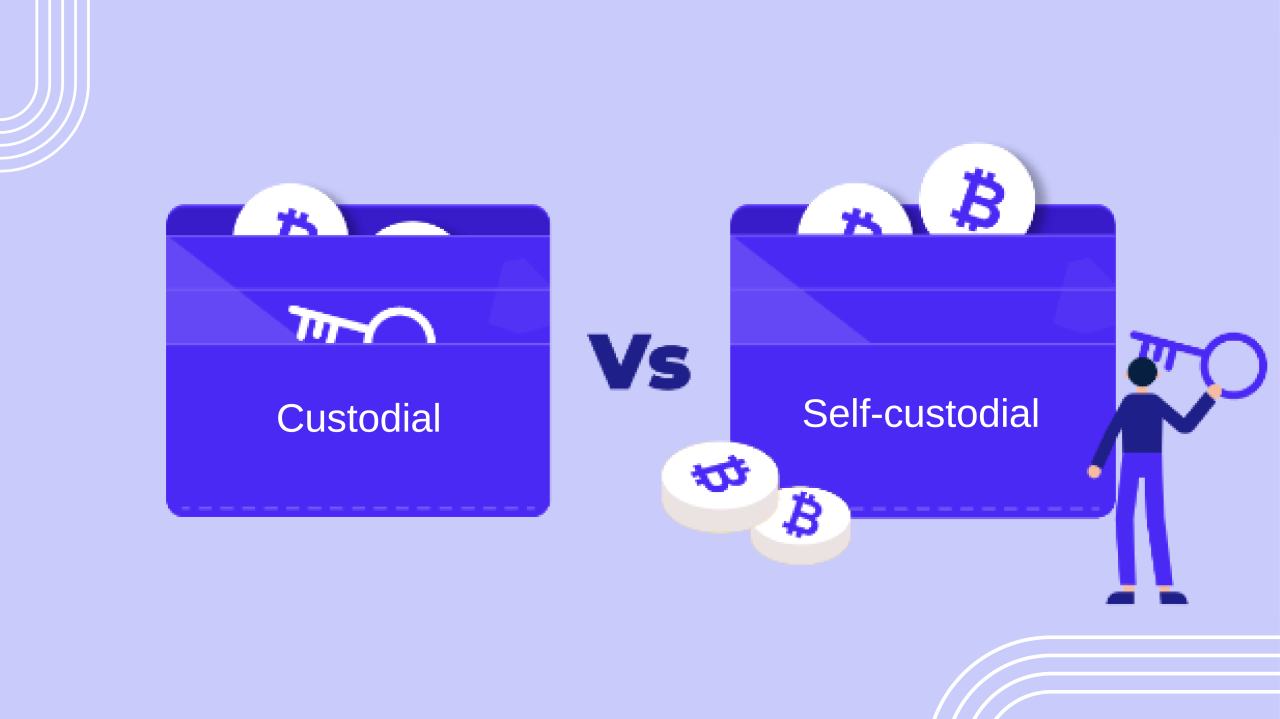In the world of cryptocurrencycold wallets a secure way to manage and monitor all your assets digitally. Unlike custodial wallets, which are held by a third party, the keys to your personal information, self-custody walletsgive you full ownership and control over your funds. Making sure you secure and set up your self-custody wallet is vital to safeguard your assets from loss, theft or other risks. This step-bystep guide will help you get started.

1. Choose the Right Wallet
The first step to set up the self-custody wallet is choosing the best kind of wallet that meets your requirements. Self-custody wallets come in various types, such as hardware wallets and software, as well as paper-based wallets. Software wallets, such as Electrum and Trust Wallet, are more suitable for frequent transactions but are generally considered less secure than physical wallets. Paper wallets are another option, involving printing your private keys on paper. However, they aren't as commonly used because of their vulnerableness to physical harm.
2. Download and Install the Wallet
Once you've decided on a wallet type you can you can download the application or configure the hardware device in accordance with the manufacturer's instructions. For software wallets, ensure that you download the software on the official website or app store to avoid malicious versions. If you're using a physical wallet, follow the installation instructions carefully before you begin to set up the device.
3. Create and Secure Your Backup
In the process of setting up, you'll be prompted to create a backup phrase, often referred to as a seed phrase or recovery phrase. The phrase, typically composed of 12-24 random words, is crucial for regaining your wallet if you lose access to it. Note the backup phrase on a piece of paper and keep it in a safe and secure place. Avoid storing it digitally or sharing it with anyone. If someone has the access rights to your backup phrase, they may be able to access your funds.
4. Set a Strong Password
If your wallet allows for additional security measures such as setting a password or PIN, make sure you select a strong, unique and secure password. This adds an extra layer of protection against unauthorized access. Avoid using easily guessable data like birthdays or words that are common. A good password is typically a mix of numbers, letters, or special symbols.
5. Enable Two-Factor Authentication (2FA)
For all exchanges and software wallets that support it, enable 2FA. (2FA). 2FA is an additional layer of security, as it requires a second form of verification like the code you send via your phone or generated by an authenticator app. This makes it extremely difficult for anyone who is not authorized to access your bank account, even though they have your password.
6. Regularly Update Your Wallet Software
Making sure your wallet software is up to date is essential to ensure security. The developers of wallets frequently release updates to address security weaknesses and introduce new features. Regularly check for updates and apply them to ensure you're safe from the newest threats.
7. Monitor and Manage Your Wallet
Monitor your wallet regularly for any suspicious transactions. If you notice any unauthorized transactions or suspicious activity immediately take action to secure your account. Consider applying additional security measures such as multi-signature wallets which require multiple approvals for transactions, which adds an additional layer of security.

Conclusion
Installing and protecting your self-custody account is a crucial step in safeguarding your cryptocurrency assets. By choosing the right wallet, establishing a secure backup and using secure passwords as well as enabling two-factor authentication and being vigilant, you can significantly lower the chance of theft or loss. Remember, in the world of cryptocurrencies, the responsibility for securing your assets rests with you, so prioritize security and remain informed to protect your digital wealth.
